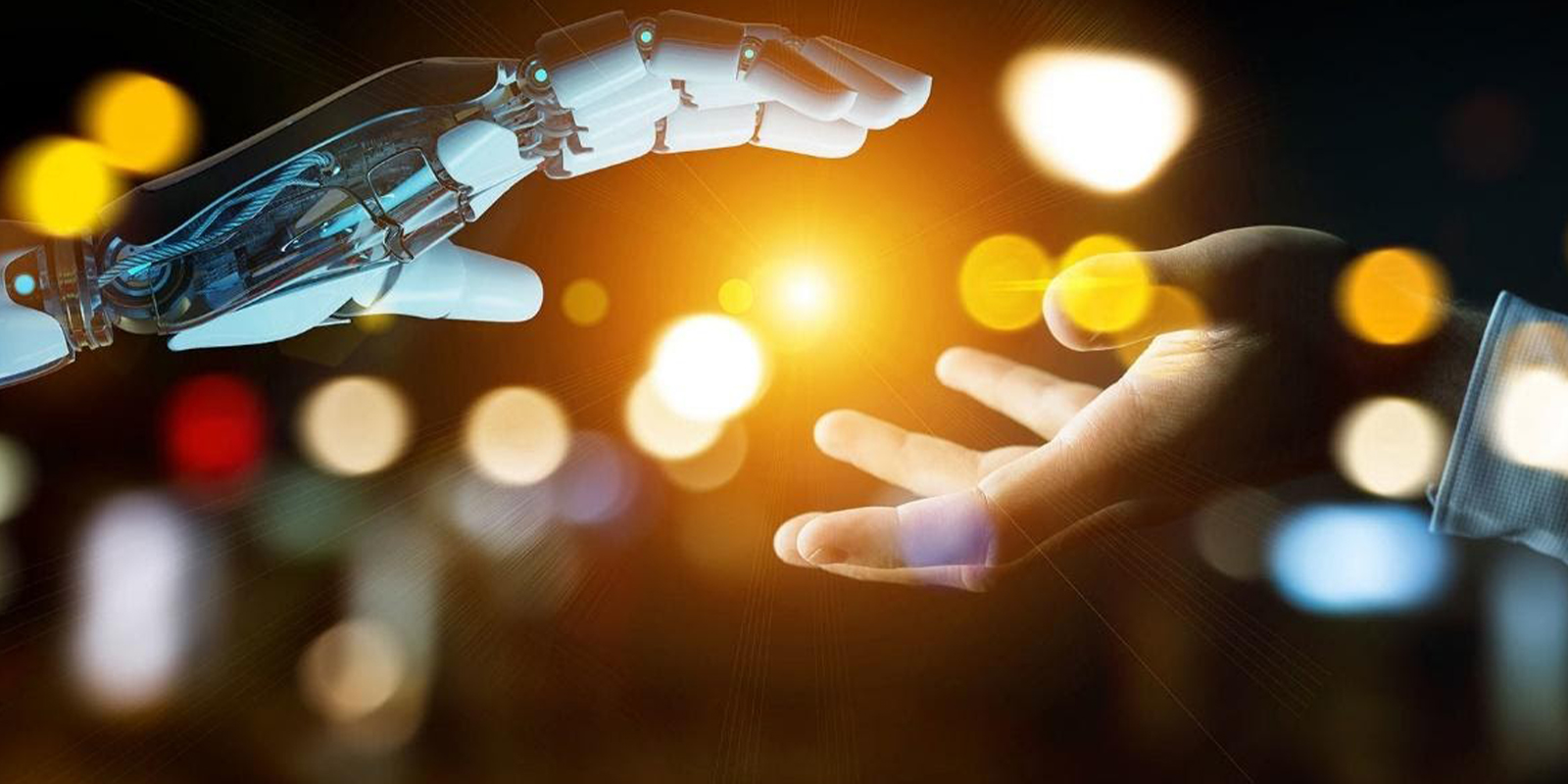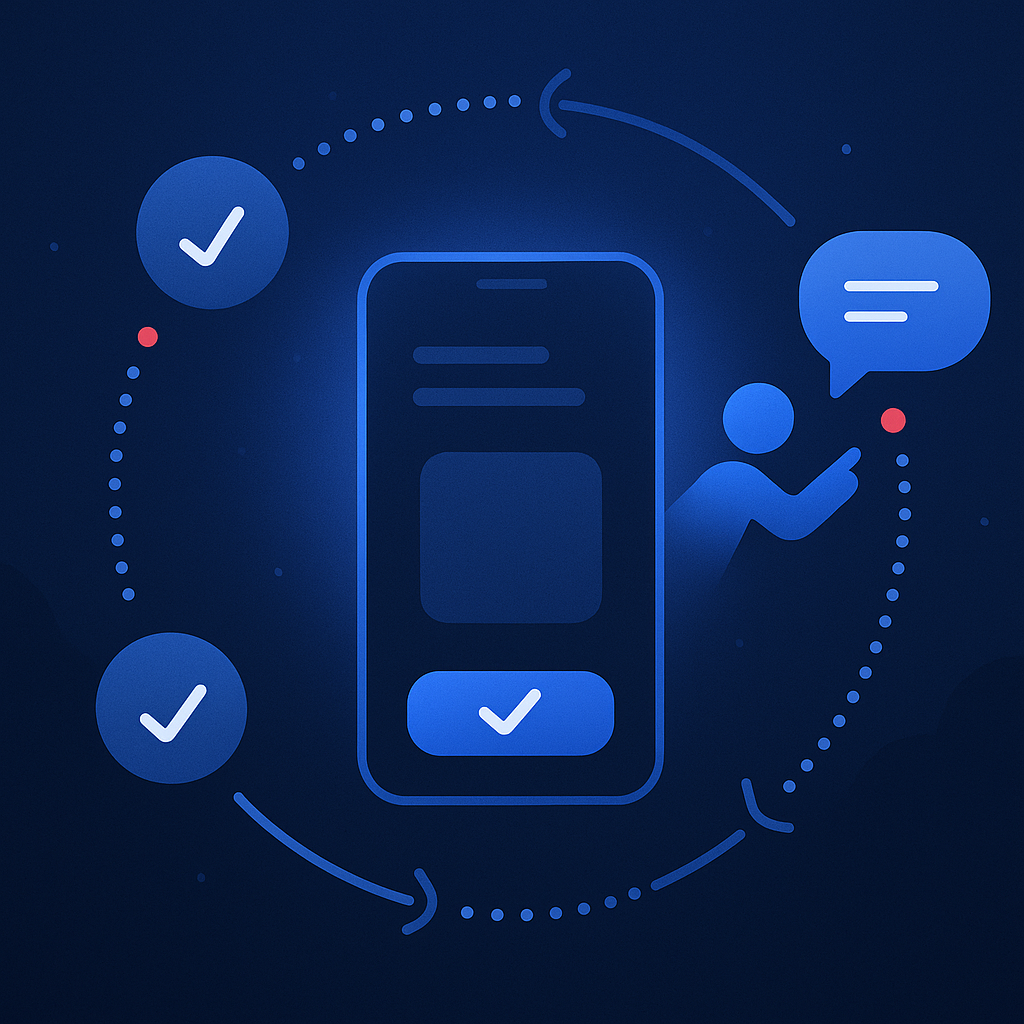The four industrial revolutions captured the process of change from an agricultural and handicraft economy to one dominated by industry and machine manufacturing. This process began in the 18th century in Britain and from there spread to other parts of the world. People have always used the available technology to make their lives easier and during this process developed and improved it, which led to the next industrial revolution and so forth. We are currently in the 4th industrial revolution (4IR), also known as Industry 4.0. But before looking at 4IR, let’s take a few steps back and consider the three revolutions that preceded 4IR:
1. 1IR – mechanisation and steam power
2. 2IR – mass production and electrical energy
3. 3IR – automation, computers and electronics
4. 4IR – Internet of Things, networks
As we progress through 4IR, there is a definitive shift towards renewable energy such as solar, wind and geothermal. Yet, this impetus does not come from an energy shift but rather from the rapid acceleration of digital technology.
1. 1IR – mechanisation and steam power (1765)
The first industrial revolution in 1765 turned on manual production and the game-changing use of steam power, most notably mechanisation and the invention of the steam engine. This led to the large-scale manufacturing of goods and products and had an immense impact on civilisation. Civilisation at the time no longer centred around villages, farming and handcraft as people flocked to cities to, for example, work in factories.
2. 2IR – mass production and electrical energy (1870)
The emergence of new sources of energy such as electricity, gas, and oil led to mass production and heralded the second industrial revolution in 1870. Highlights of this period include the invention of the internal combustion engine, and from this, the automobile.
3. 3IR – automation, computers and electronics (1969)
This was followed by the third industrial revolution in 1969 which saw the rise of electronics, telecommunications and of course computers. With this came Supervisory Control and Data Acquisition (SCADA) the aim of which was to provide insights about plant conditions.
4. 4IR – Internet of Things, networks (2015)
The fourth industrial revolution (or Industry 4.0) is taking what was started in the third and, by adopting computers and automation, is enhancing it with smart and autonomous systems driven by data and machine learning. The Industrial Internet of Things (IIoT) has proved itself in the market as not only a better technology than SCADA but also as highly adaptable to today’s modern industries. It comprises several interconnected devices across different networks and architecture and offers scalability, data analytics, standardisation and interoperability.
For businesses, Industry 4.0 brought with it an increase in the rate of disruptions with value chains continuously facing change. Predictive maintenance and real-time data will ultimately see business decisions becoming smarter for companies globally. Nevertheless, companies will have to be agile and innovative with a strong business vision to address the opportunities and challenges of Industry 4.0. Even more so since many suggest that Industry 5.0 is already upon us and is much more than simply bumping up Industry 4.0; it’s the next step in the manufacturing evolution.
DOWNLOAD FREE GUIDE:
How predictive maintenance can reduce manufacturing breakdowns by up to 75%



